Simplifying Kubernetes DevSecOps Through Platform Engineering
d2iq
JANUARY 5, 2023
From testing for security vulnerabilities to building business-driven security services, everyone is accountable for building security into the DevOps continuous integration and continuous delivery (CI/CD) workflow. This work has included triage, root cause analysis, and fixes for upstream open-source projects.

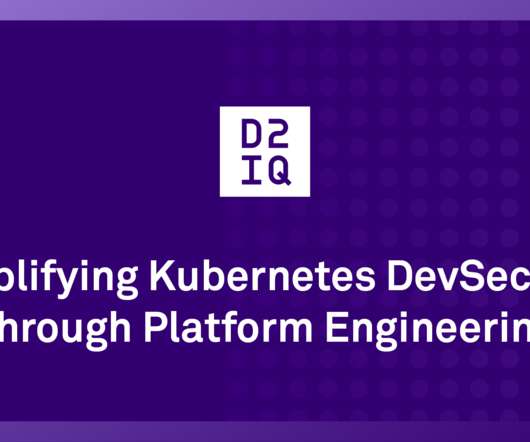
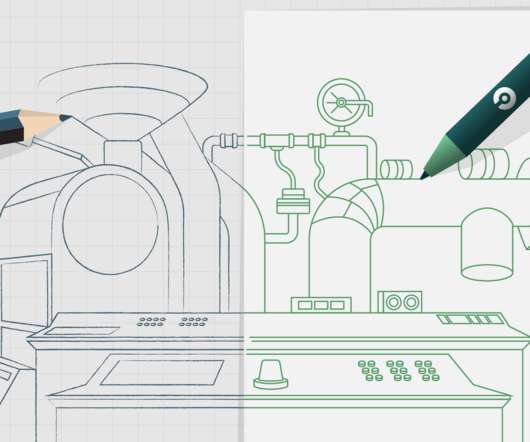


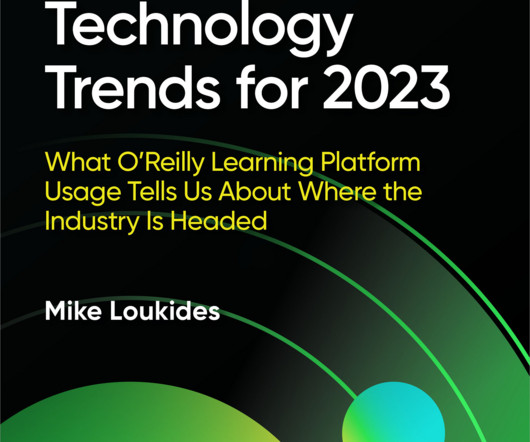
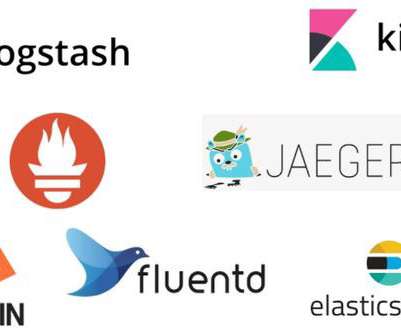


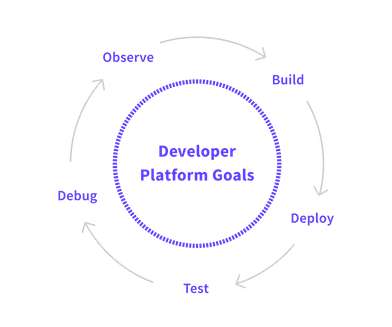











Let's personalize your content